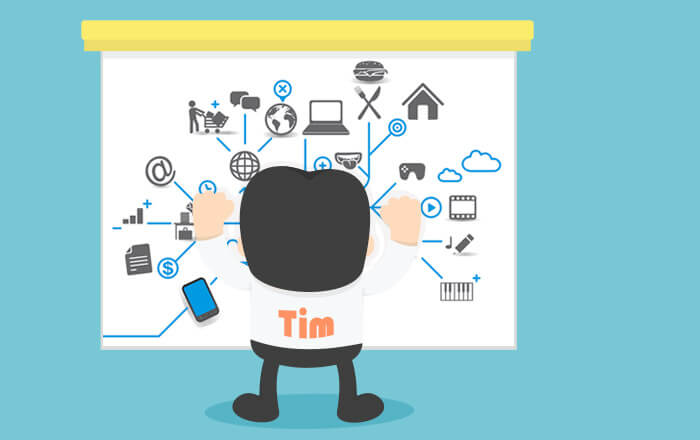Three Major Trends in Technology
2024 is going to be a great year for technological innovation and connectivity for businesses. Last year alone we saw the mass rollout of 5G and a rise in more sophisticated, greener technologies. And we can all agree that without a doubt, generative AI and cloud computing were the main trendy talking points of tech in 2023.
But this year, the internet of things (IoT), machine learning, AR and VR will dominate as the new trends in technology. From investments of IOT in healthcare, to some of the biggest tech companies releasing new lines of VR and AR headsets, 2024 will be packed with exciting prospects in technology.
In the past, voice recognition and automation have already been buzz words. However, this year we will see tech companies take off from the inroads they made in the past. Some may even achieve major breakthroughs.
Internet of Things
The internet of things, or simply IoT, refers to technologies with the ability to connect to and exchange data with others through bandwidth.
Experts believe that the Internet of Things (IoT) will take over the way businesses and, indeed, everyday life is experienced in the coming years. In some ways, they already have. Consider the number of interconnected devices in our homes, offices, and public spaces.
For example, smart home devices have been selling like hot cakes over the past few years. About nine times as much Echo devices were sold in 2016 than in previous years. In addition, a Smart Home Technology survey reported that 70% of those who bought Echo said they were likely to buy more such products in the future.
Powered by Amazon’s virtual assistant, Alexa lets users control most of the things at home. This can include switches, fans, lights, thermostats, locks, garage doors, and other compatible devices. Alexa can order you a pizza and book a cab while checking out the weather or the latest update on the news, all thanks to the smart home technology. As technology gets smarter, there will be much more intelligent tasks Alexa can do.
In a theory of survival of the fittest – or the smartest – those businesses who adapt quickly to the Internet of Things technology trend are the ones predicted to survive in the near future. The International Data Corporation estimates that by 2025 there will be 41.6 billion IoT devices.
Advanced machine learning technology
Machine learning, a strand of AI, involves complex algorithms that can enable computers or machines to learn from experiences. This uses techniques including supervised (feeding it information) and deep learning (imitating human learning). They may also be built on neural networks and natural-language processing.
As such, machines can become capable of adaptation, prediction and ultimately gain complete autonomous functions by their ability to teach themselves.
Machine learning is already integrated into mobile applications of e-commerce sites. It is also extensively used in the analysis of big data and in predictive analysis. But the future technological trend as experts predict is in the field of research and development. Machine learning is also expected to enter the banking sector with its ability to predict fraudulent transactions.
Virtual and augmented reality
Virtual reality has been around as simulators for training purposes. With the phenomenal success of Pokémon Go in 2016, augmented reality (AR) is set to be the technology of the future. This year the revenue expected to be generated from AR is $25.8 billion.
The big five in technology are very invested in leveraging the interest and potential of AR. This is quite evident in Apple’s release of the mixed reality headset Vision Pro. In the offing is also a VR version of Windows. VR until now has been limited to gaming and 360-degree videos. However, it is now expected to reach new heights given its wide appeal and consumer interest.
AR may have the edge over VR as it expands its applications to enable a homeowner to visualize how a kitchen would look when redesigned or how new clothes fit. Google is seriously foraying into AR, as evident by the partnership with Lenovo for the former’s AR platform “Tango.”
Automotive head-up display is another major exciting technology that is predicted to evolve in the near future. The technology enhances driver safety by displaying relevant information either on a transparent screen or windshield. In 2023, the automotive HUD market reached $1.5 billion, with a steady increase in demand projected.
Seek an IT support provider today
Want to streamline your technology management and optimise your hardware’s infrastructure? Opt for a managed IT service, allowing your business to focus on core activities while ensuring a secure and optimized digital environment.

